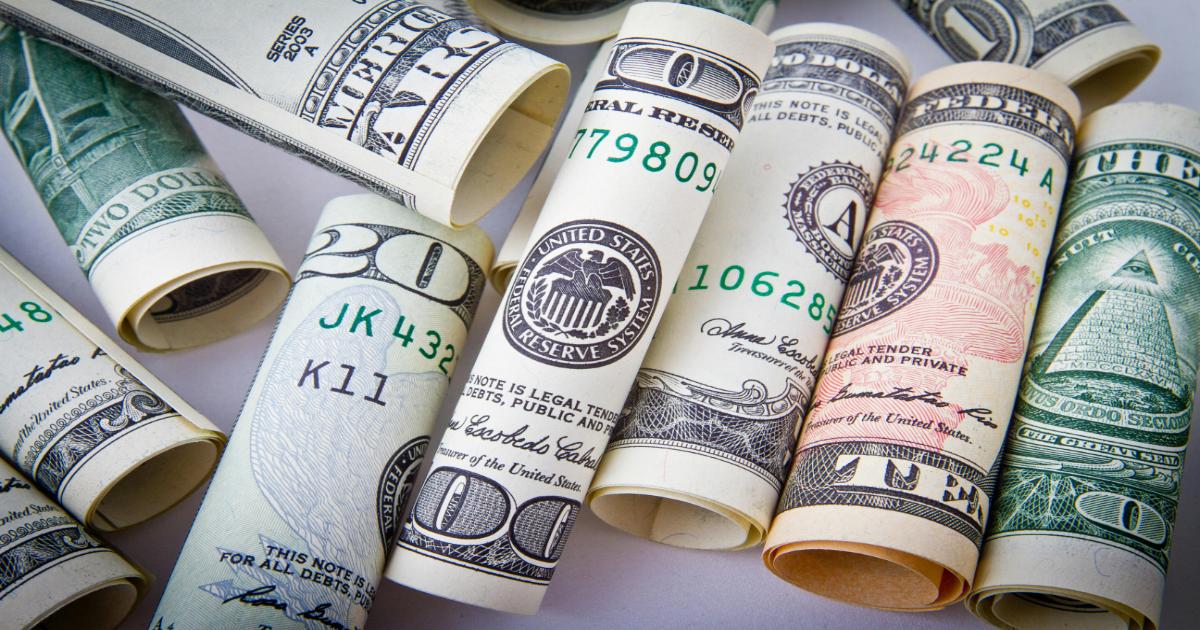What is Amortization?
By Tax&Facts | Published on | Read: 3 Mins
Amortization is the process of spreading out a loan into a series of fixed payments over time. Each payment covers both interest and principal, ensuring that by the end of the term, the entire loan is paid off. This concept is widely used in mortgages, auto loans, business loans, and even accounting for intangible assets.

In essence, amortization helps you understand:
- How much you owe at any given point
- How much interest you're paying vs. reducing your loan balance
- How to budget effectively with predictable payments
Types of Amortization
- Loan Amortization: Involves monthly repayments that include both interest and a portion of the principal.
- Accounting Amortization: Refers to the gradual reduction in the value of intangible assets like patents or copyrights.
How Loan Amortization Works
Let’s say you take out a $20,000 loan with an interest rate of 5% over 5 years. Your monthly payments will stay the same, but the breakdown between principal and interest will change:
- Early payments cover more interest
- Later payments reduce more of the principal
This is commonly shown in an amortization schedule, which outlines each payment’s exact breakdown.
Accounting Amortization Example: Amortizing a Patent
Now, let’s dive into an example of accounting amortization for an intangible asset, like a patent. Here, the company created its own patent rather than purchasing it, and it needs to amortize the cost over the useful life of the asset.
Scenario: A company develops a new patent for a product. The total capitalized cost of the patent is $10,000 (including legal fees and registration costs). The patent has a useful life of 10 years, and the company will use straight-line amortization (which means the same amount is amortized each year).
Amortization Calculation:
- Capitalized Cost of Patent: $10,000
- Useful Life: 10 years
- Residual Value: $0 (since the patent will be worthless after 10 years)
- Annual Amortization = 10,000 / 10 = 1,000 per year
Year 1 Amortization Journal Entry:
| Date | Account | Debit | Credit |
|---|---|---|---|
| Dec 31 | Amortization Expense | 1,000 | |
| Dec 31 | Accumulated Amortization – Patent | 1,000 |
Impact on Financial Statements:
After the first year, the net book value of the patent will be:
10,000 (original cost) − 1,000 (accumulated amortization) = 9,000
This same process will be repeated each year for 10 years, until the patent's book value is fully amortized to $0.
Why This Matters
Accounting for amortization helps companies:
- Match costs with revenues over time (matching principle)
- Accurately report asset values on the balance sheet
- Manage financial planning and budgeting
Benefits of Amortization
- Predictable payment structure
- Clear timeline for becoming debt-free
- Helpful for budgeting and financial planning
- Useful in understanding how much of your payment is going toward the actual loan
Common Uses of Amortization
| Type of Asset/Loan | Amortization Applied |
|---|---|
| Mortgage | Monthly loan payments |
| Car loan | Fixed-term repayment |
| Business loan | Structured payback |
| Software/Patent | Asset devaluation |
Conclusion
Understanding amortization empowers you to make smarter financial decisions—whether you’re borrowing for a house, managing business assets, or evaluating investment strategies. By knowing how your money flows, you can optimize repayments, avoid costly mistakes, and reach your financial goals faster.
FAQ Frequently Asked Questions (FAQ)
Q1: Is amortization the same as depreciation?
A1: No. Depreciation applies to tangible assets like machinery,
while
amortization deals with intangible assets and loan repayments.
Q2: Can I pay off an amortized loan early?
A2: Yes, but some loans may include prepayment penalties. Always
check your
contract.
Q3: What is a negative amortization loan?
A3: This occurs when your payment doesn’t cover the interest,
causing your
loan balance to grow instead of shrink.
Q4: Do credit card payments follow amortization?
A4: Not usually. Credit cards are revolving credit and don’t have a
fixed
payment schedule like amortized loans.
Article History
v1.0 (May 19, 2025): Initial publication of the article
